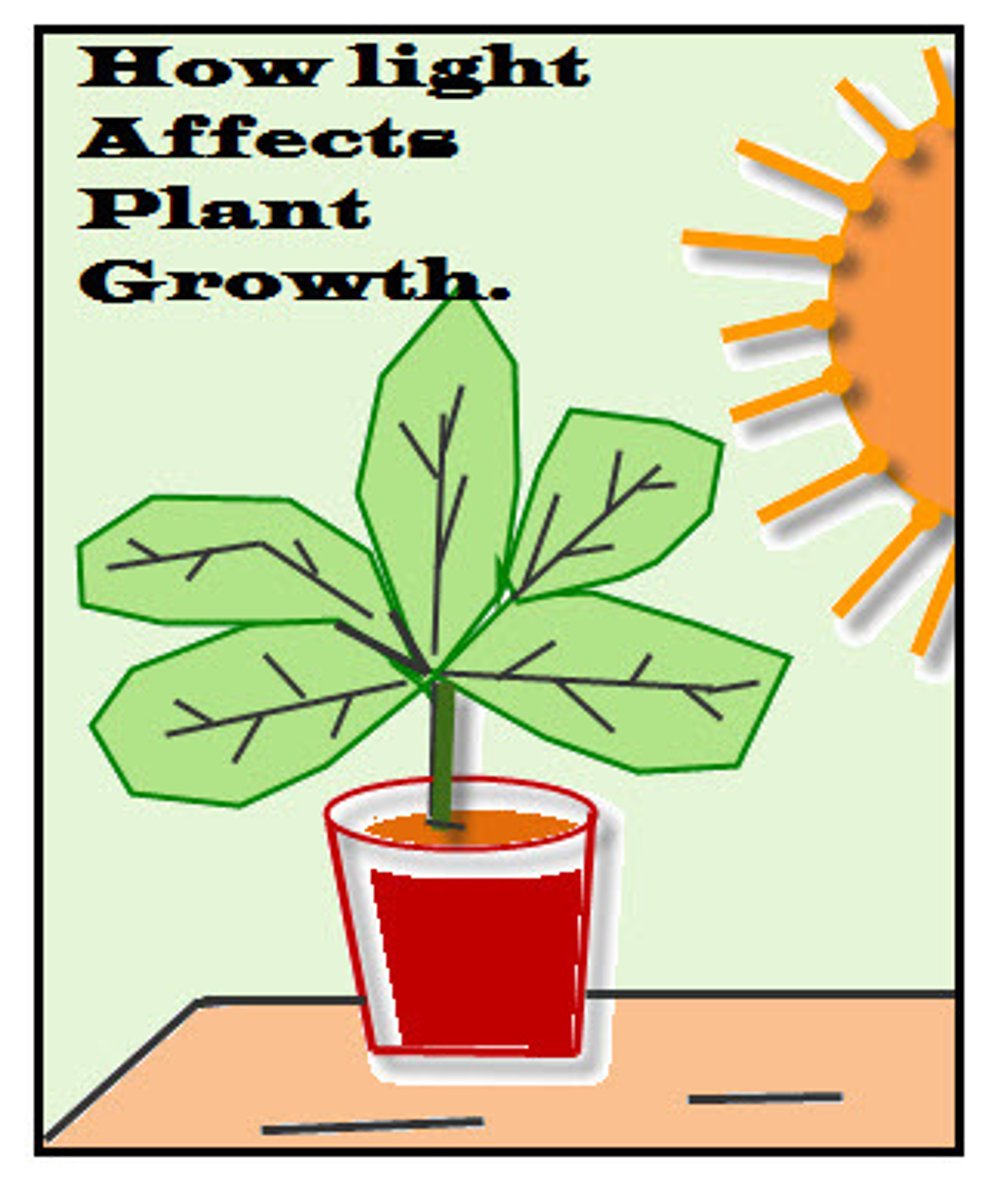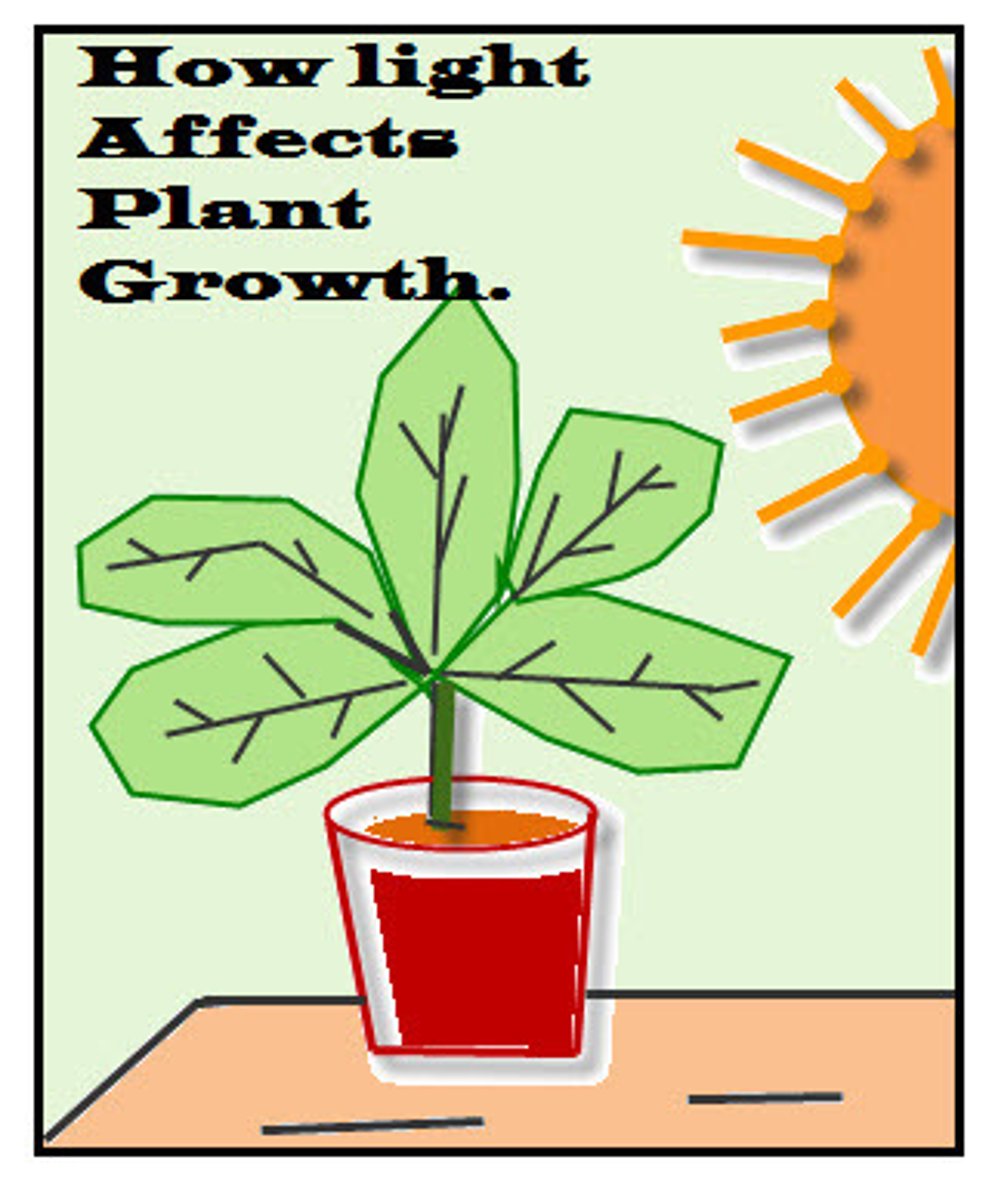Science and Controlled Experiments Summative Activity
1/45
There's no tags or description
Looks like no tags are added yet.
Name | Mastery | Learn | Test | Matching | Spaced |
|---|
No study sessions yet.
46 Terms
A series of steps scientist use to answer questions and solve problems.
controlled experiment
You do this before your hypothesis
state the question/problem
You do this before you think of a testable question
gather information
You do this after you think of a testable question
form a hypothesis
You do this to prepare for testing a hypothesis
design an experiment
You do this to test a hypothesis
perform a controlled experiment
You do this after collecting data
analyze the results
You do this after analyzing your results
draw a conclusion
This must be done before experiment begins
make hypothesis
The step that follows testing your hypothesis
analyze results
The step where you can use your senses and instruments to make an observation.
gather information
The step where the scientist creates one difference between two things to see what happens
designing an controlled experiment
The step when scientist creates graphs from data to see what has happened during an experiment
analyze results
The method for finding out if our hypothesis is right or wrong
testing your hypothesis
Who? Why? How? When? Are questions that lead to a
hypothesis
An educated guess, in the form of an if...then statement, that tries to answer the question from the problem.
hypothesis
Most experiments a scientist performs
controlled experiments
A controlled experiment tests only ____ factor at a time.
one
A setup where one variable has been changed to something the scientist is trying to find out, like plants growing under green light.
experimental setup
Anything in an experiment that can change the results (what happens) in the experiment
variable
The variable that the scientist changes to something different than what normally happens.
independent variable
Part of the experiment that is changed by the researcher to test the hypothesis
independent variable
What happens in the experiment that is being measured, like how tall plants will grow under different colored lights.
dependent variable
Things that remain the same between experiment setups, like the pots, soil, water, and plants if someone is testing how they grow under different colored lights.
control variables
A setup that is most like what happens in everyday life and nature.
control group
1) What is the independent variable?
2) What is the dependent variable?
3) What are the controlled variables?
1) sunlight
2) growth
3) temperature, humidity, container, soil

Experiment: Plant Growth in Sunlight
1) What is the problem (question)?
2) What is the hypothesis?
3) What is an observations
4) What is the conclusion?
1) Will sunlight light make a plant grow?
2) If a plant is put in near sunlight, then it will grow more.
3) Plants need sun to grow.
4) sunlight made the plant grow more.

In an experiment, the one factor that is being tested is the
?experimental variable
?control variable
?experiment
?dependent variable
experimental variable
3 multiple choice options
A conclusion may be stated
immediately after the problem has been identified.
?after analyzing the results of an experiment.
?only after an experiment has been run over and over
? again to ensure accuracy.
?after several qualified scientists agree.
after analyzing the results
2 multiple choice options
If you were testing how well different laundry soaps cleaned your clothes, the experimental variable would be the
?clothes
? water
?washing machine
?soap
soap
2 multiple choice options
What skill is a scientist using when she listens to the sounds that whales makes.
?drawing conclusions
?making observations
?making a hypothesis
?interpreting data
making observations
2 multiple choice options
What is the correct order of the steps in the scientific method.
?Ask questions, make a hypothesis, test the hypothesis, analyze results, draw conclusions, communicate results.
?Make a hypothesis, test the hypothesis, analyze the results, ask a question, draw conclusions, communicate results.
?Ask a question, analyze results, make a hypothesis, test the hypothesis, draw conclusions, communicate results.
?Ask a question, make a hypothesis, test hypothesis, draw conclusions, analyze results, communicate results.
Ask questions, make a hypothesis, test the hypothesis, analyze results, draw conclusions, communicate results.
2 multiple choice options
Which of the following is NOT a rule when writing a hypothesis?
A) It is an if/then statement
B) it should restate the question
C) It is a prediction.
D) It is testable
it should restate the question
2 multiple choice options
An experiment that tests only one factor at a time by using a comparison of a control group and an experimental group is?
A) an independent variable
B) a theory
C) a dependent variable
D) a controlled experiment
a controlled experiment
2 multiple choice options
Which of the following hypotheses is written correctly?
A) If a tennis ball is frozen, it won't bounce as high as one that is not frozen.
B) If I heat up a tennis ball it will bounce high.
C) If I freeze a tennis ball, then it will not bounce as high.
D) Frozen tennis balls will not bounce as high.
If I freeze a tennis ball, then it will not bounce as high.
3 multiple choice options
The process of obtaining information by using the senses is called a/an
A) inquiry
B) conclusion
C) observation
D) scientific method
observation
2 multiple choice options
In an experiment, the one variable that is changed is called the
A) independent variable
B) controlled variable
C) dependent variable
D) experimental variable
independent variable
2 multiple choice options
In an experiment, the factor that we measure is called the
A) controlled variable
B) conclusion
C) dependent variable
D) independent variable
dependent variable
2 multiple choice options
In science, a probable answer to a question is called a(n)
A) question
B) observation
C) conclusion
D) hypothesis
hypothesis
2 multiple choice options
When you decide whether or not the data supports the original hypothesis, you are
drawing conclusions
A) drawing conclusions
B) making observations
C) asking questions
D) forming a hypothesis
drawing conclusions
2 multiple choice options
In which step of a controlled experiment do we want to use graphs
A) make a hypothesis
B) asking questions
C) communicate results
D) analyze data
analyze data
3 multiple choice options
The final part; a summary of reasonable inferences is a/an
A) conclusion
B) question
C) controlled experiment
D) hypothesis
A
Which of the following is important when creating a graph in science.
A) labels
B) titles
C) neatness
D) all of these
D
An idea or conclusion made from observations and reasoning (hypothesis).
A) hypothesis
B) conclusion
C) inference
D) theory
C
Information gathered by using the SENSES or by using tools to measure (facts).
A) hypothesis
B) conclusion
C) observation
D) inference
C
The best graph to use if I want to compare the price of six different cars would be a
A) bar graph
B) pie graph
C) line graph
D) data table
A